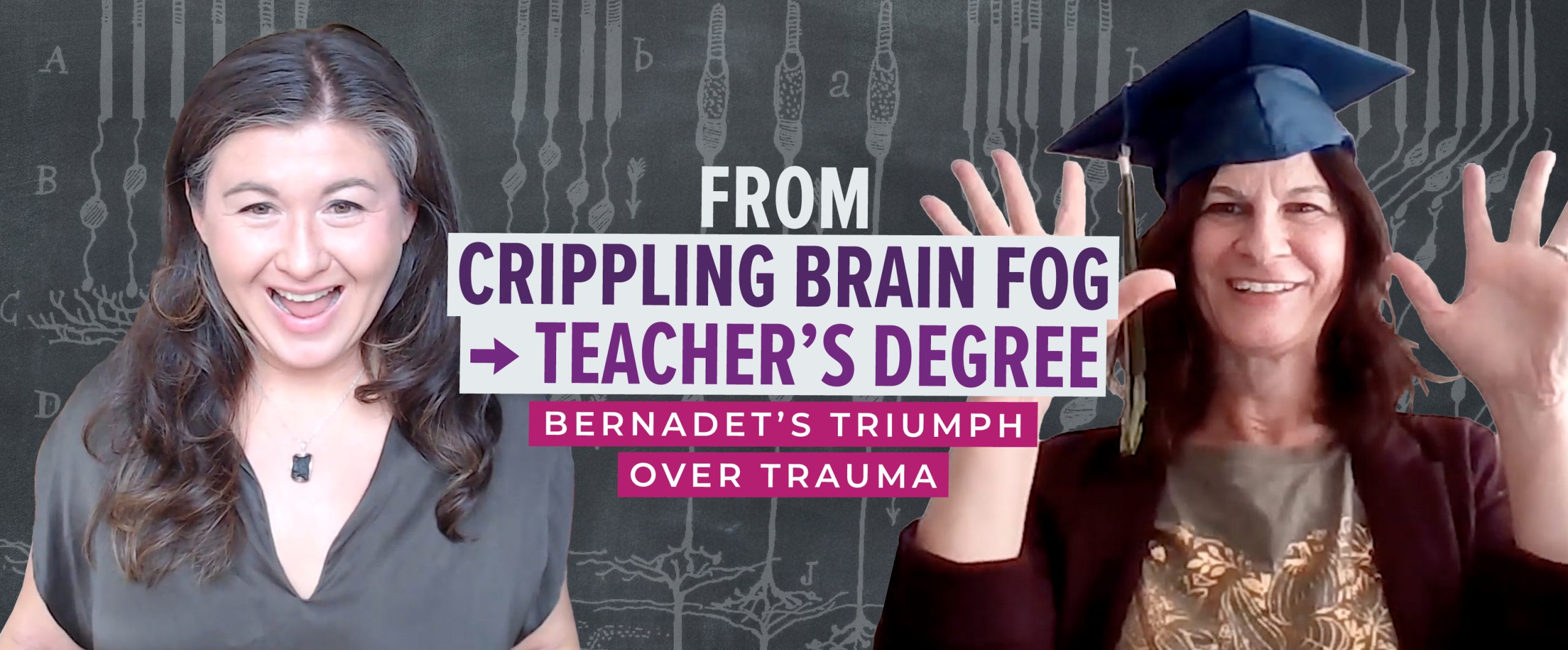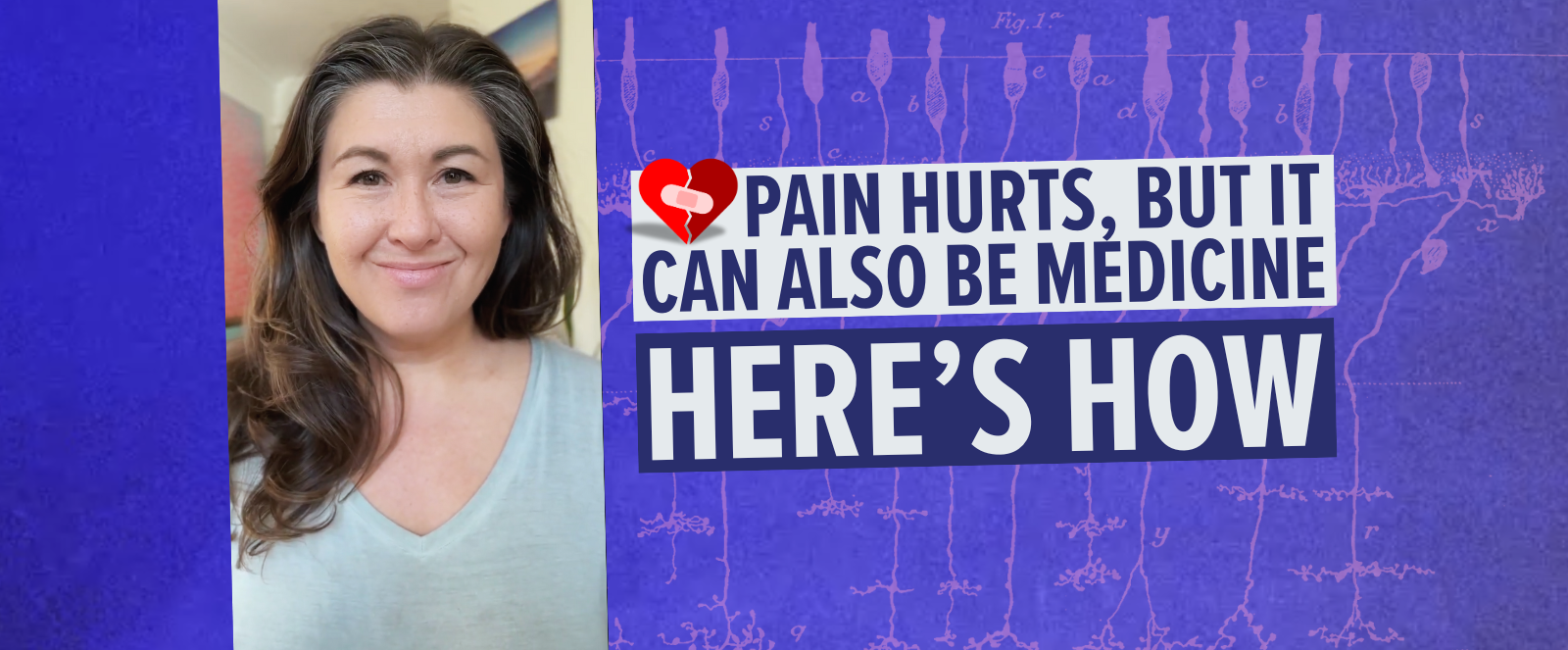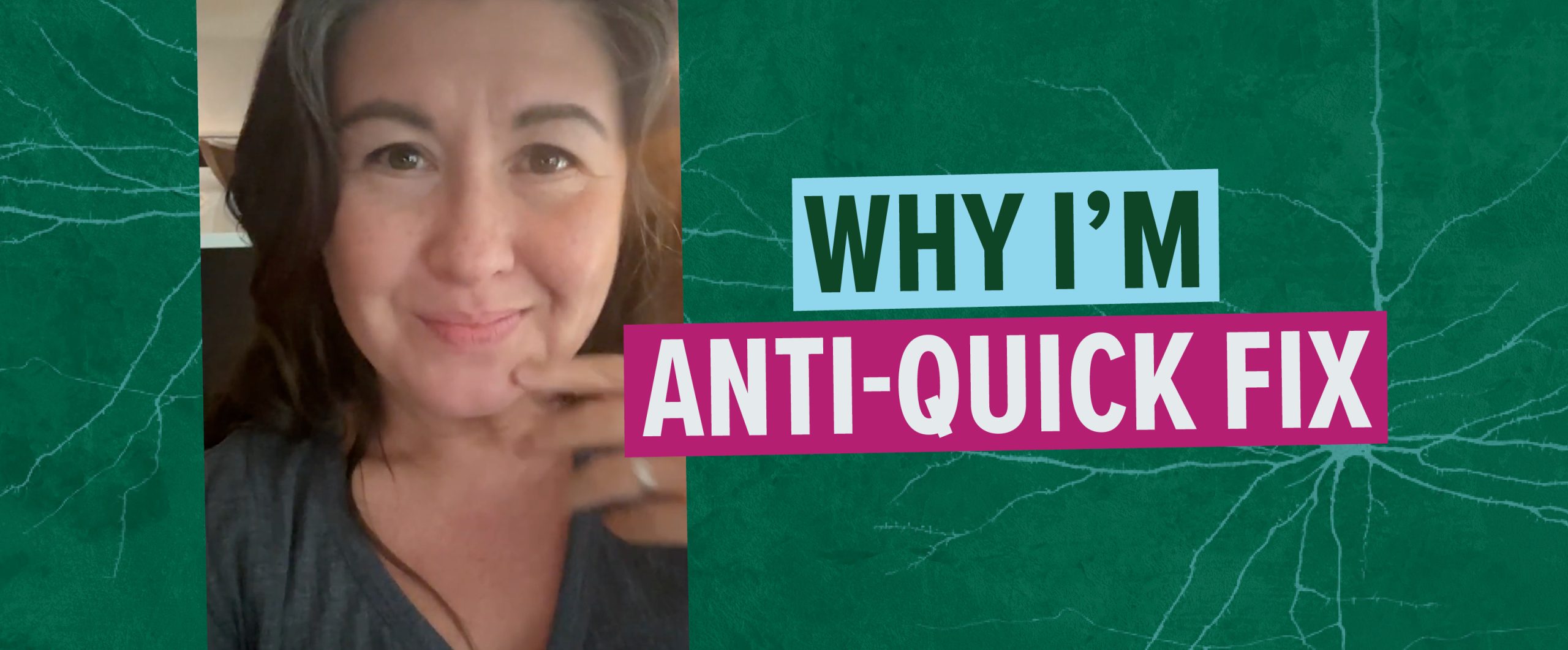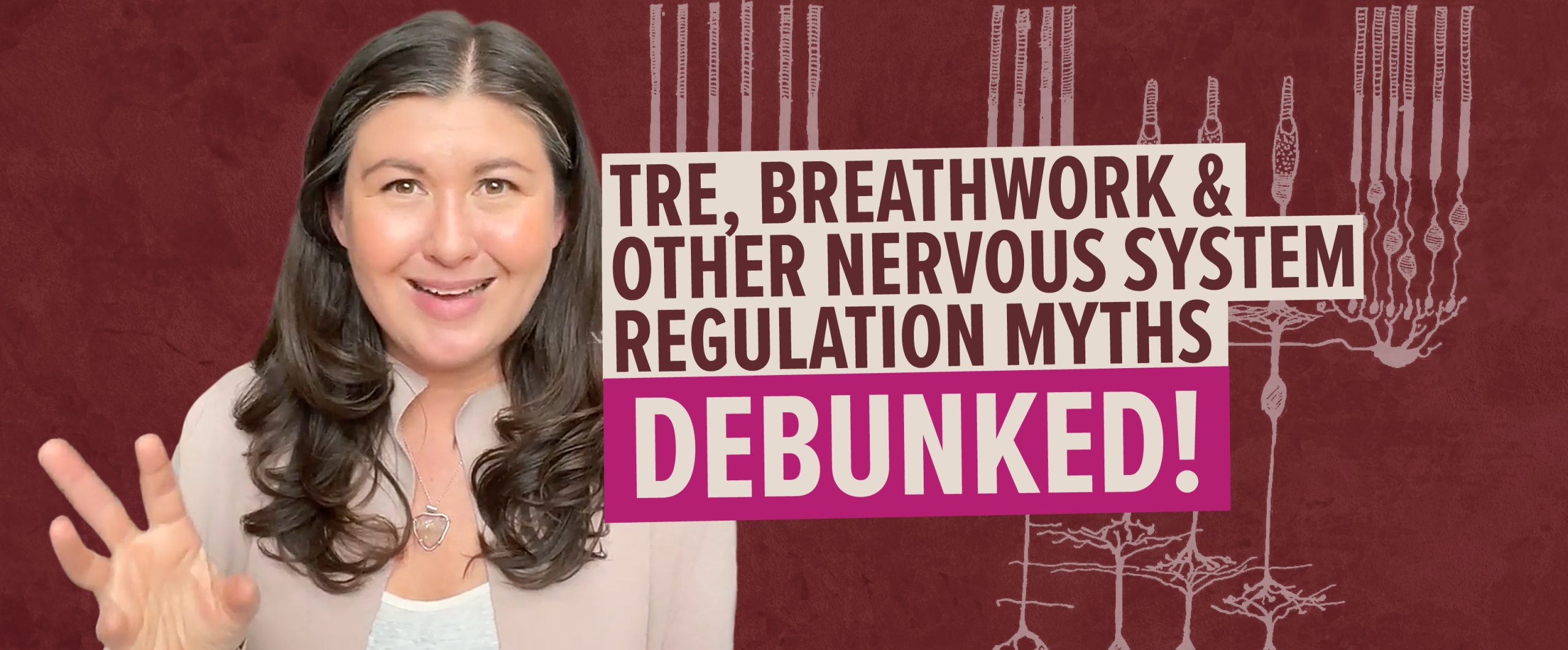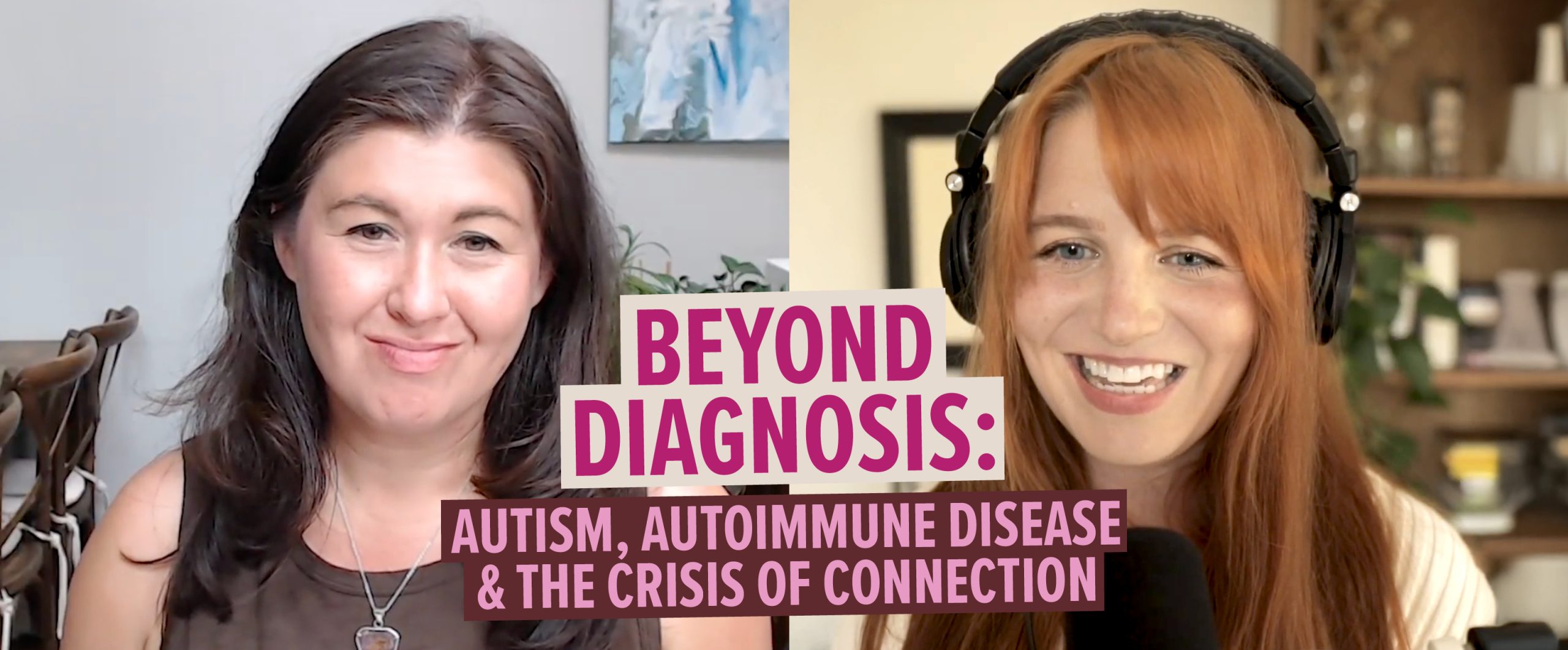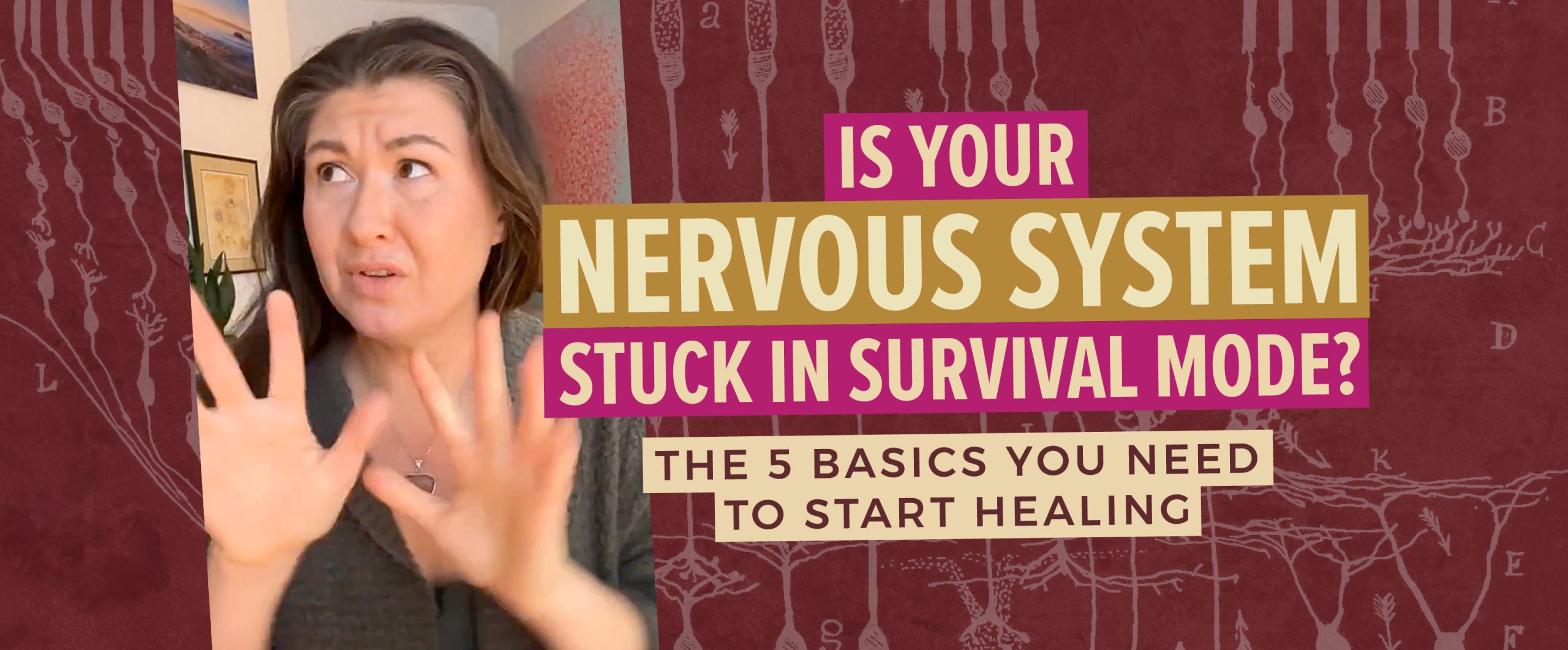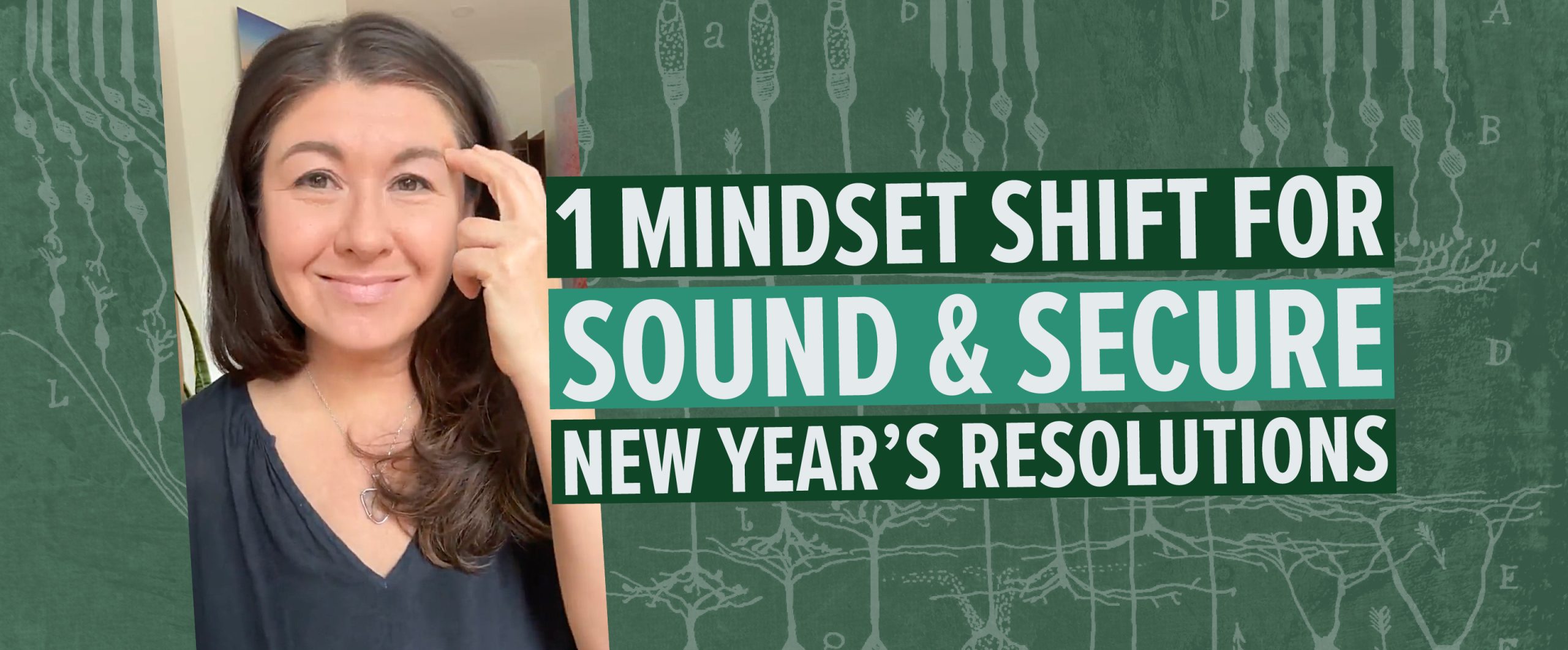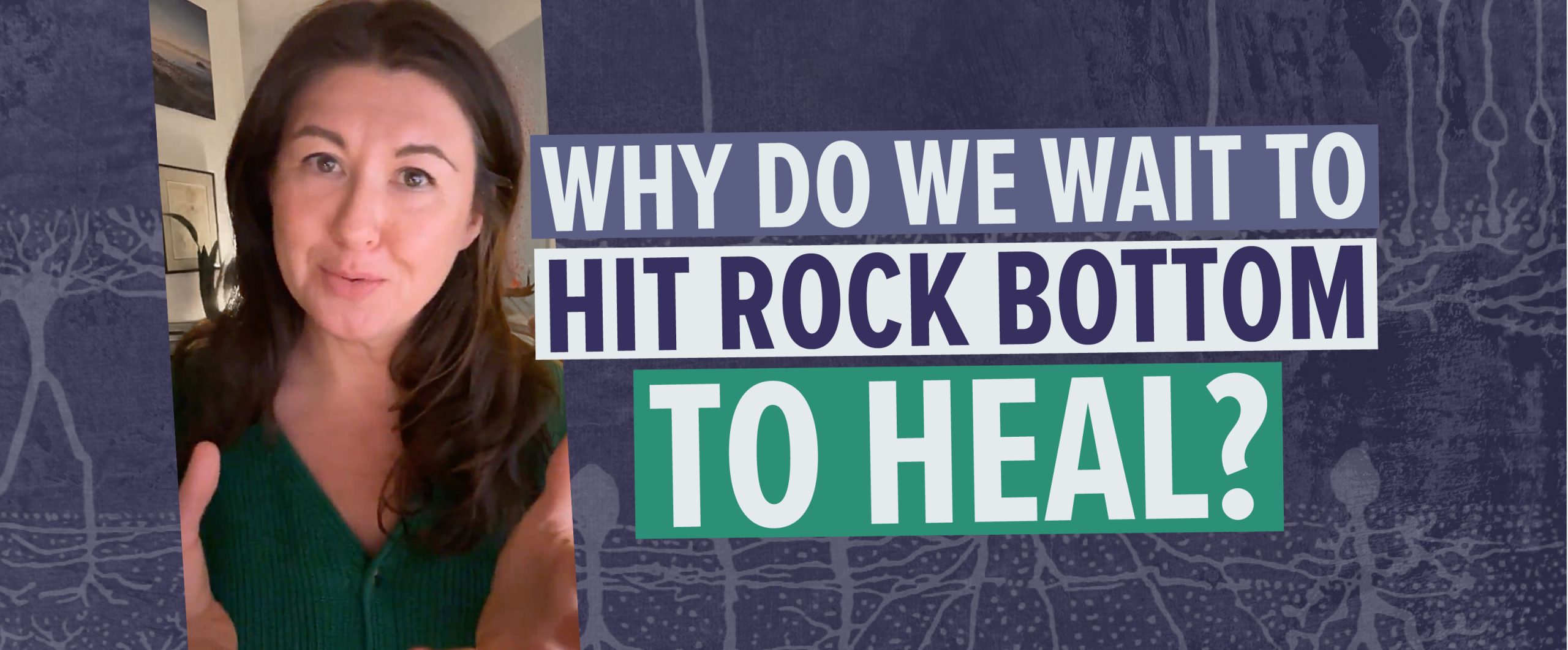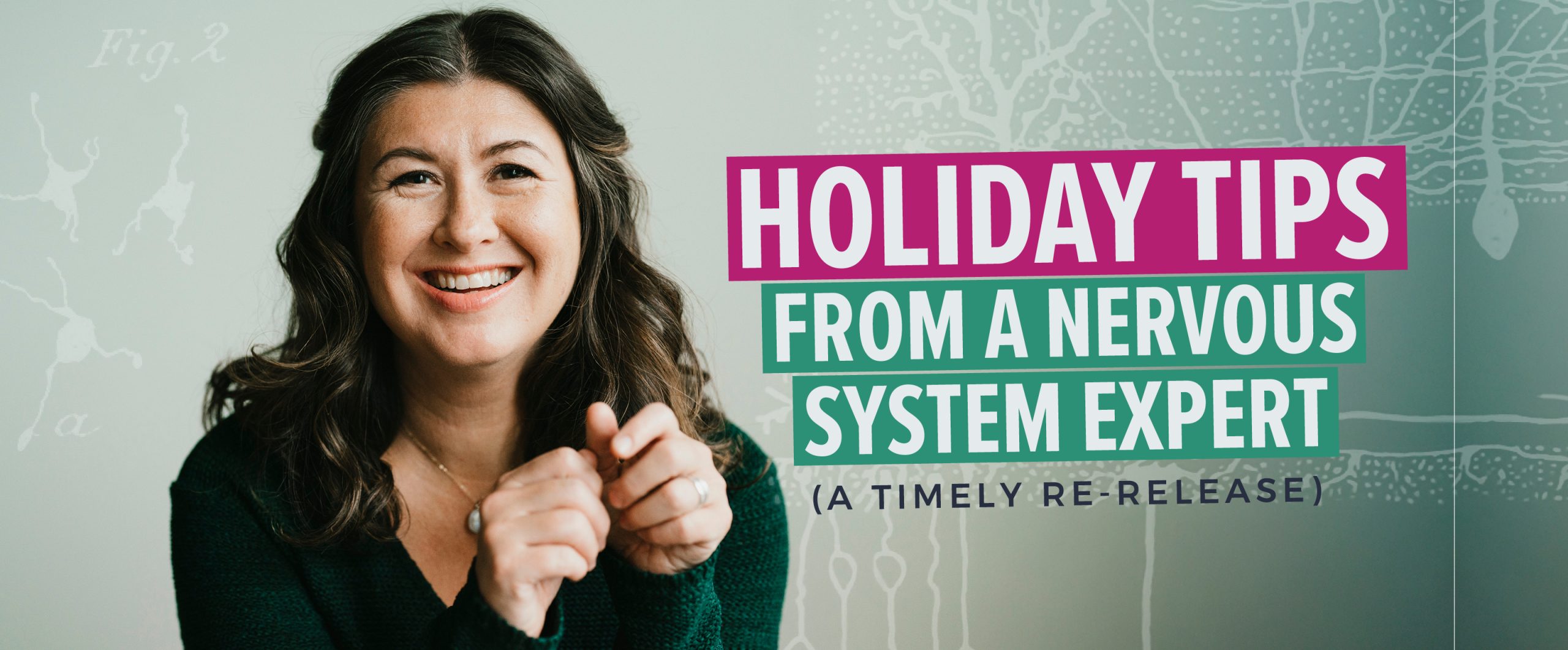This essay is how I see things and what I’d like to do about it. It starts out a little dark, but gives some solutions towards the end, as well as my inspiration for it – so please read all the way through. Irene.
* * *
“…we are the most overweight, depressed, addicted and in-debt cohort ever in America…”
These few, but remarkably accurate words, are from Dr. Brené Brown’s most watched (close to 7 million views) TED talk titled The Power of Vulnerability.
How we are struggling as a species is so much more than being overweight and out of shape and it far surpasses caloric excess, processed foods and credit cards. It lies deeper than the darkest depression and the worst possible kind of mental illness documented.
This unfortunate reality we’ve created for ourselves has its roots deep in the evolution of our biology and functionality.
.
Enter Complex Movement
We are meant to move, move often and in diversification.
We evolved as upright bipedal beings who hunted and gathered. Foraging it is called.
Complex use of our feet, pelvis, hands and eyes in relationship to a natural and varied environment is what our physical body craves. This type of physical activity, when experienced often, sets a healthy tone for our mental and emotional well-being.
.
Let me ask you these questions:
- When did you last get down on all fours and move and contort your body with grace and ease?
- When did you last sprint in a field for joy of simply feeling your body move efficiently?
- When did you last use your body for the sake of feeling alive and not for some body or sport-oriented goal?
Crouching, squatting, twisting, having our balance be challenged, moving on the ground – of varied terrain – on all fours, reaching high into the air and down low would have been common-day activity back in the Pleistocene epoch – the last stretch of time before our current Holocene epoch that brought the domestication of plants, animals, the invention of agriculture and sedentism.
How we used our bodies back in prehistoric times as a necessary part of everyday life is very different than our current situation, where we need reasons for getting out and being active.
Aesthetically pleasing bodies, praise and achievement via sanctioned sporting events, not to mention the plethora of addictions and disorders that use exercise as a form of control – theses are many of the motivations for activity today, a far cry from human movement that once had a healthy purpose grounded in functionality and play.
.
We are almost on the right track
Don’t get me wrong, we are at a point in time where just moving in any way is important. There is a plethora of scientific research to back up structured physical activity, especially vigorous and intense exercise, as a way to improve health and decrease the risk of morbidity and early mortality from diseases of the heart, psyche and much more.1
But why can’t people stick to these routines on their own?
Why do we need to goal-set, plan and pay people so that we show-up for our weekly exercise as if such activity were a punishment?
I think that most routines, programs and fads fail to actually hook a person – along with their millions of years of biological movement evolution – into a way of life that involves a type of physical vigor and movement complexity that lives instinctually in their DNA.
In my 20 years in the field of exercise, movement and mind-body based practices I’ve encountered few teachers who have had the capacity, knowledge and creativity to lead others through movement and vigourous activity that is based in the pure delight and goodness of complex human movement in which the participant can actually integrate it as their own and then continue to practice without prompting or continual instruction.
Even the best type of exercise routine that is functional, well thought out, and brings in a cross-training slant that challenges all the physiological energy systems and muscles fibre diversity that exists in the human body rarely touches the creative-complex nature of our brain-body connectivity.
This connectivity and creativity was weaved into our genome in an interlocking fashion when we first came onto the stage as upright human beings living in a forager-style environment.2
Our usual ways of physical activity and exercise are incredibly industrialized.
This industrialization is killing our instinctual movement capacity.
This leaves us with a body and mind that is completely disconnected from its complex usability.
In our physical body, this results in stiff muscles, worn out and creaky joints, repetitive strain injuries and a plethora of other body ailments too lengthy to list.
Seemingly simple everyday activities such as sitting and standing become a nuisance, and literally a pain in the neck.
In our emotional and mental bodies, this results in either a numbing of feeling which breeds depression and a zero zest for life, or the flipside of such body and mind anesthesia – a sense of hyper vigilance, anxiety, panic and an overwhelming sense of the world being “just too much”.
.
But there is good news. I promise!
Of course we can’t go back to the Pleistocene epoch, but from an activity and movement perspective, if we get back to the basics of how prehistoric humans evolved via their complex movement, add in some much needed self-awareness, orientation to our environment, attention to body sensations, start re-connecting to our emotional nature, and begin this exploration from a place of curiosity, we can re-discover this lost movement capacity and re-vitalize our body and mind back to the way it was intended to be:
Efficient, graceful, at ease and in attunement with our environment.
to be continued
* * *
Inspiration for this essay has come via my many years teaching others how to be active and in tune with themselves, helping people recover from debilitating injury and accidents and a few specific teacher-friends: namely Elia Mrak who reminded me of my love of dance and how to share with my students rather than teach them, Jeff Haller who had shared with me the same lesson over and over again (just in different formats), and a book I’m finally digging into now which might become my bible, Coming Home to the Pleistocene.
Brene Brown’s TED talk on The Power of Vulnerability.
1 Gutteridge, I.F., 2008. The effects of red meat consumption and high-intensity resistance training on skeletal muscle strength, muscle mass and functional status in healthy older adults. Dissertation. Masters of Science (Research). University of Wollongong, NSW. Australia.
2 Shepard, P., 1998. Coming home to the pleistocene. Editor Shepard, F., Shearwater Books.
* * *

